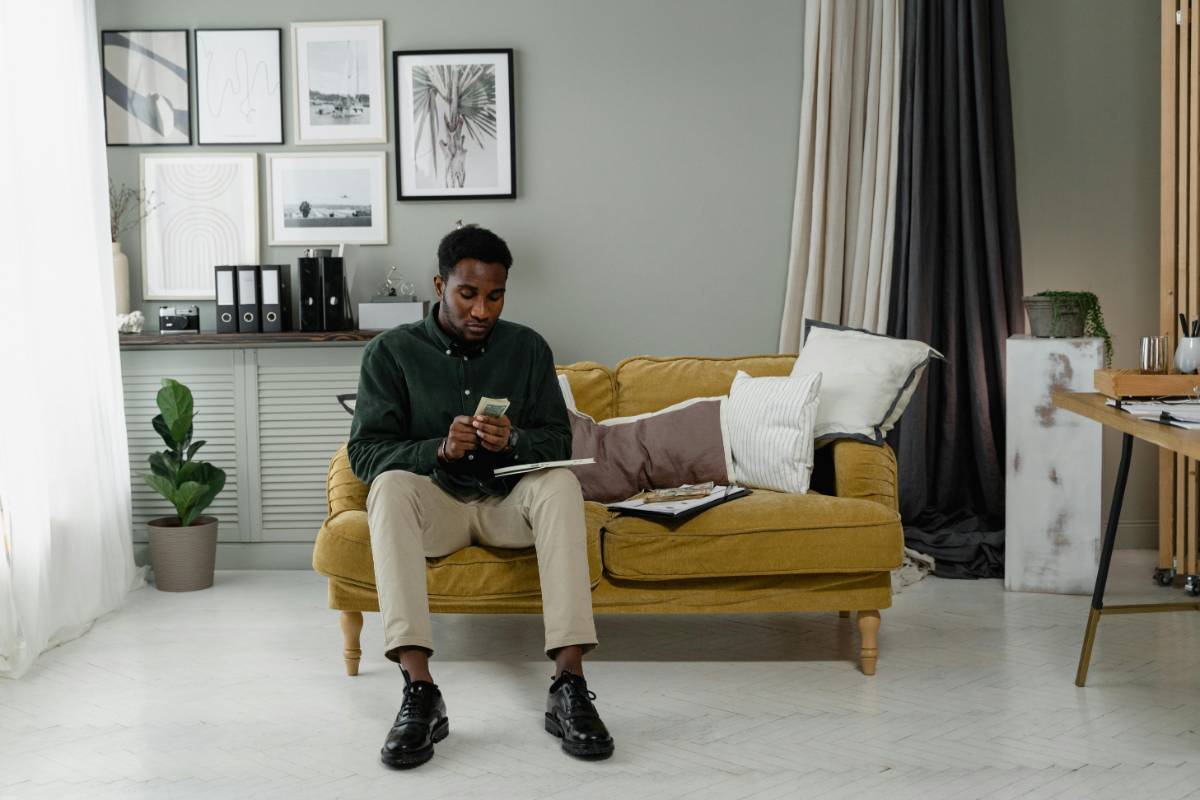
Creating a Cohesive Home Design on a Budget
Creating a cohesive home design doesn't have to come with a hefty price tag. With thoughtful planning, creativity, and a few strategic choices, you can design a stylish and harmonious space that reflects your personal style, even on a budget. Here are some tips to help you create a cohesive home design without breaking the bank.
Start with a Unified Color Palette
A cohesive color palette is the foundation of any well-designed space. Stick to a few complementary colors for walls, furniture, and decor to create a seamless flow between rooms. You don’t need to stick to one color, but limiting your palette will make it easier to mix and match pieces without the space feeling disjointed.
For instance, choose a primary color for walls (like a neutral tone), and then use accent colors for furniture, cushions, and accessories. This allows you to create a harmonious look across the entire home.
Focus on Key Pieces of Furniture
When designing a budget-friendly home, invest in a few key pieces of furniture that anchor the room, such as a sofa, coffee table, or dining table. These items should reflect your personal style, and you can then build around them with more affordable accessories.
For example, a classic sofa in a neutral tone can serve as the base for colorful or patterned cushions and throws. This ensures that the room feels cohesive and balanced, even with a mix of budget-friendly items.
Repurpose and Upcycle Furniture
Repurposing and upcycling old furniture is an excellent way to save money while creating a cohesive design. Look for secondhand furniture or pieces you already own and transform them with a fresh coat of paint, new hardware, or reupholstery.
You can easily turn an old dresser into a chic storage solution or give a tired coffee table a new life with some sanding and staining. These small DIY upgrades can help create a custom look that fits your budget and style.
Choose Multi-Functional Furniture
When working with a budget, it’s important to make the most of your space by choosing furniture that serves multiple functions. Pieces like storage ottomans, sofa beds, and extendable dining tables help you save money and space while ensuring your home remains functional and cohesive.
For instance, an ottoman that doubles as a coffee table and provides hidden storage can replace multiple pieces of furniture, creating both a stylish and practical design.

Add Texture with Affordable Accessories
Accessories are a great way to introduce texture and personality into your home without spending a fortune. Items like throw blankets, cushions, curtains, rugs, and lampshades add visual interest and can help tie the room together.
For example, a cozy textured rug or soft throw pillows in complementary colors can instantly make a space feel inviting, while creating a cohesive design throughout the room.
Mix and Match with Intent
While you don’t need to match every piece of furniture or accessory, mixing and matching items in a thoughtful way helps create an interesting yet cohesive design. Focus on pairing items with similar colors, materials, or design elements to ensure the room feels unified.
For instance, mixing different wood finishes is perfectly acceptable as long as the colors and tones align. You can combine light wood furniture with dark wood accents, or mix a metal frame with wooden shelving for a modern and eclectic vibe.
Use Art and Wall Decor to Tie the Room Together
Wall art and decor play a significant role in creating cohesion in your home design. Choose artwork that complements your color palette or theme, and hang it in a way that enhances the flow of the room.
For example, a series of small framed prints in similar frames or a large statement piece of art can act as the focal point of the room, pulling together all of the other design elements and ensuring they work in harmony.
Shop Smart for Budget-Friendly Pieces
When decorating on a budget, it’s essential to shop smart. Look for budget-friendly home decor at discount stores, secondhand shops, or online marketplaces. You can find quality pieces at a fraction of the price, and often, a little creativity can turn an affordable item into something special.
For example, vintage or thrifted furniture can be refinished or customized to suit your style, and budget-friendly accessories like throw pillows and lamps can add the perfect finishing touches without the hefty price tag.
Layer Your Lighting
Lighting is a key factor in creating a cohesive home design. Layer different types of lighting, such as overhead lights, task lighting, and accent lighting, to create depth and warmth in the space.
For example, table lamps and floor lamps can add a cozy feel to your living room, while wall sconces or pendant lights can create focal points in the dining area or bedroom. Layered lighting helps make the space feel inviting and balanced.
Don’t Forget About Flow
A cohesive design isn’t just about matching colors and furniture; it’s also about ensuring that the space flows well. Pay attention to the layout and traffic patterns in each room, and arrange furniture in a way that allows for easy movement.
For instance, avoid overcrowding a room with too much furniture or decor. Instead, opt for a few statement pieces that leave ample space for people to move around comfortably while still creating a stylish and cohesive environment.
In conclusion, creating a cohesive home design on a budget is possible with careful planning and thoughtful choices. Focus on key furniture pieces, use accessories strategically, and repurpose old items to create a home that reflects your style without breaking the bank. By keeping your color palette cohesive, mixing and matching with intention, and shopping smart, you can design a space that feels pulled together and stylish on a budget.



